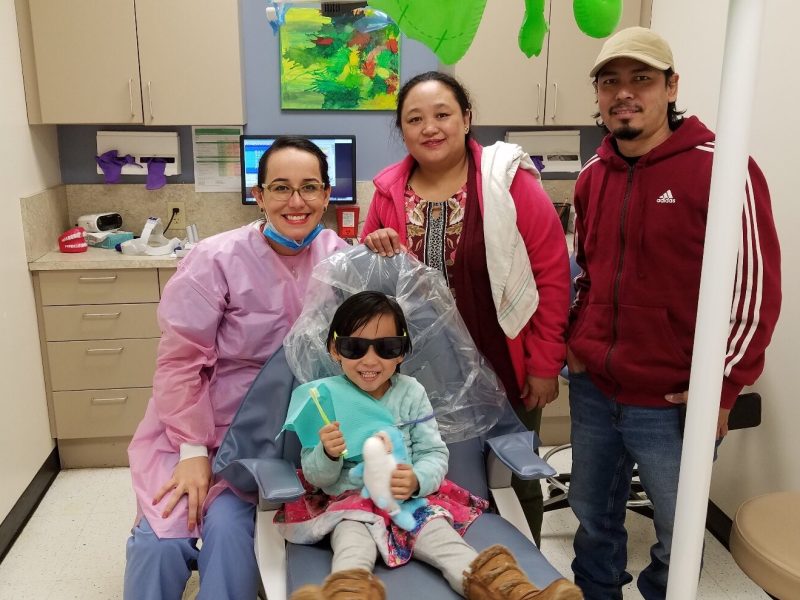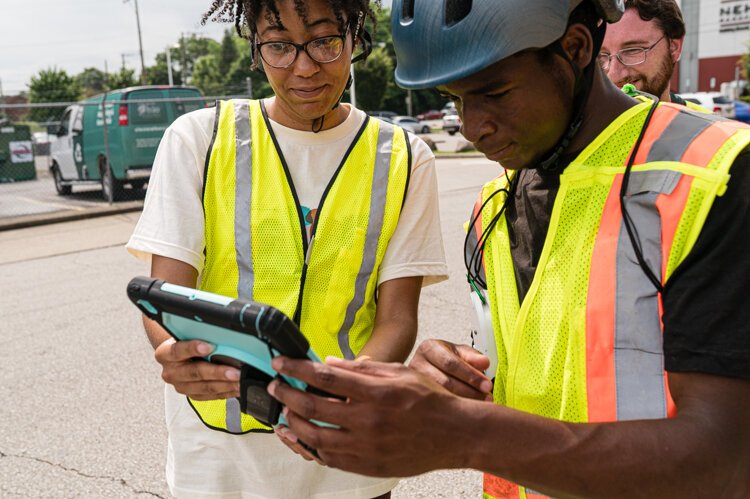National Park Service awards major grant to historic African American cemetery
United American Cemetery is the final resting place and a memorial to the lives of dozens of people who were leading figures of Cincinnati’s Black history.
The caretakers of a historic but threatened African American cemetery in Cincinnati have been awarded a major federal grant to help restore it.
The Union Foundation, which oversees the United American Cemetery in Madisonville, has been awarded a $750,000 grant from the National Park Service.
The grant was one of eight, totaling $5 million, made to projects around the country as part of the agency’s Historic Preservation Fund‘s History of Equal Rights grant program, which focuses on the preservation of sites associated with the struggle for equal rights.
United American Cemetery, also known as the United Colored American Cemetery, is the final resting place and a memorial to the lives of dozens of people who were leading figures of Cincinnati’s Black history. But time has taken a toll on the site. Headstones and monuments have fallen over; a stone burial vault is near collapse; invasive plants have consumed many gravesites.
Grave markers may not accurately reflect the location of the buried remains. That may be due to the cemetery’s history. It was originally founded in Avondale in 1848 by a group called the United Colored Cemetery Association. But Avondale at that time was a village of white, wealthy industrialists and merchants. They objected to the cemetery being located in their neighborhood, and were successful in persuading city authorities to order it to be moved. The cemetery association protested, but was forced to move the graves and the markers.
It took more than a year to transfer the tombstones, coffins, and remains, but damage to coffins and tombstone misplacements were common in those days. A lack of security during the long removal and reburial process left both locations vulnerable to vandalism, looting, and destruction by outside parties, the park service says.
Union Baptist Church and its Union Foundation have cared for the burial ground since the 1960s. Cutting and trimming the grass alone at the 12-acre cemetery and another graveyard the church owns, amounts to $40,000 a year, says Louise Stevenson, a retired educator and trustee of the Union Foundation. The grant will help fund cleaning and restoration of grave markers and monuments and for ground radar to locate exactly where remains are buried, she says.
“We’re going to improve the condition of the cemetery so families can visit their loved one,” she says. “This will allow us to get started on this great adventure.”

A walk through the cemetery is a tour of Cincinnati African American history:
- Marshall P.H. Jones, a leader in Cincinnati’s Black Brigade, the unit of Blacks who were forced into service and played a critical role in warding off the Confederate Army from attacking Cincinnati in 1862, is buried there.
- So is John Isom Gaines, who in the 1840s pushed for a statewide system of education for Black children and then led the organization that was created to oversee it.
- Horace Sudduth, the longtime owner of the Manse Hotel, part of the “Green Book” network is also buried in United American Cemetery.
- Henry Ellis, who died in 1914 and fought in the Civil War with the 54th Massachusetts, the famed “Glory” regiment that opened the way for other Black units to be recruited to fight, is buried there.
And many others.
The cemetery that was designed by noted landscape architect Adolph Strauch, who also designed Cincinnati’s Spring Grove Cemetery.
“This will be an opportunity to make it more of a park where families can come,” Stevenson says. “We could set the model in Cincinnati for how to restore African American cemeteries.”
READ MORE: Preserving the City: Important sites of Black history need attention to keep their stories alive


















